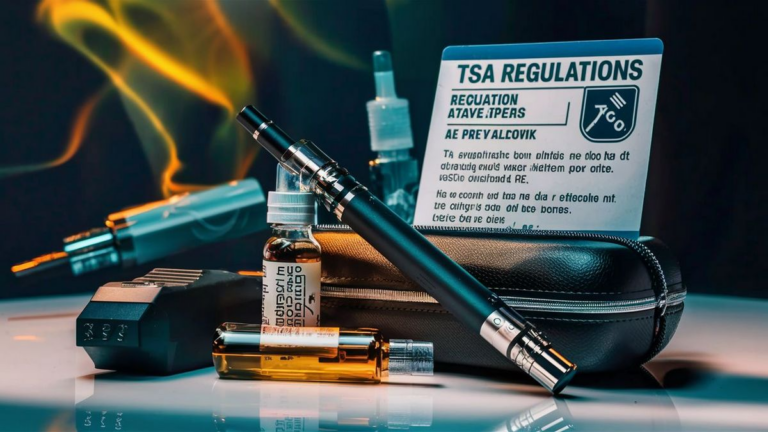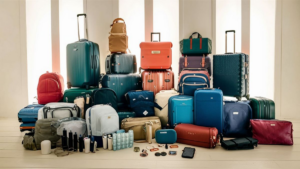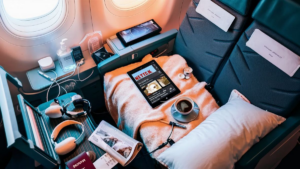Planning for air travel often comes with a checklist of items to pack and things to consider. Among these considerations is whether or not you can bring a vape on a plane. The rules and regulations regarding vaping devices can vary depending on the airline, the country you’re departing from and arriving in, as well as any applicable laws and regulations. Let’s delve into the details to provide clarity on this topic.
Airline Policies
First and foremost, it’s crucial to check the specific policies of the airline you’re flying with. Airlines may have different rules regarding the transportation of vaping devices, e-liquids, and batteries. Some airlines may allow you to carry them in your carry-on baggage, while others may require you to pack them in your checked luggage.
Transportation Security Administration (TSA) Guidelines
The Transportation Security Administration (TSA) oversees security screening at airports in the United States. According to TSA guidelines, passengers are permitted to bring electronic cigarettes and vaping devices, such as vape pens and e-cigarettes, in their carry-on bags or on their person. However, they are not allowed to be packed in checked baggage due to safety concerns.
Restrictions on E-Liquids
When it comes to e-liquids or vape juices, there are restrictions on the amount you can carry onboard. The TSA limits the size of liquid containers to 3.4 ounces (100 milliliters) or less per container. These containers must be placed in a clear, quart-sized plastic bag along with other liquids, gels, and aerosols for security screening.
Battery Safety
Another important consideration is battery safety. Lithium-ion batteries used in vaping devices have specific regulations due to their potential fire risk. Passengers are advised to carry their vaping devices, along with any spare batteries, in their carry-on baggage rather than checked luggage. Additionally, batteries should be properly insulated to prevent short circuits.
International Travel Regulations
For international travelers, it’s essential to research the vaping regulations of the countries you’re visiting. Some countries have strict laws regarding the importation and use of vaping devices and e-liquids. Failure to comply with these regulations could result in confiscation of your vaping equipment or even legal consequences.
While you can bring a vape on a plane, it’s essential to familiarize yourself with the rules and regulations to ensure a smooth travel experience. Checking the policies of your airline, adhering to TSA guidelines, and understanding international travel regulations will help you navigate the process with ease.
Security Screening Process
During the security screening process, vaping devices are subject to inspection like any other electronic device. Be prepared to remove your vape from your carry-on bag or pocket for separate screening. This is to ensure that the device does not pose a security threat and complies with regulations.
Proper Packing
When packing your vaping equipment, make sure it’s properly stored to prevent damage or leakage. Store e-liquids in leak-proof containers and ensure that batteries are disconnected to prevent accidental activation. Packing your vape securely can also prevent damage during handling by airport staff.
Frequently Asked Questions
1. Can I use my vape on the plane?
No, vaping is typically prohibited on commercial flights due to concerns about air quality and disturbance to other passengers. It’s best to refrain from using your vape until you have disembarked from the aircraft.
2. Are there any age restrictions for carrying a vape?
Yes, you must be of legal smoking age to carry a vape. Airlines and security agencies may require identification to verify your age, especially if you appear to be underage.
| Question | Answer |
|---|---|
| 3. Can I bring my vape in my checked luggage? | No, vaping devices should be packed in your carry-on baggage to comply with safety regulations. |
| 4. Are there any specific rules for vape batteries? | Yes, lithium-ion batteries must be carried in your carry-on luggage and should be properly insulated to prevent short circuits. |
See also:






